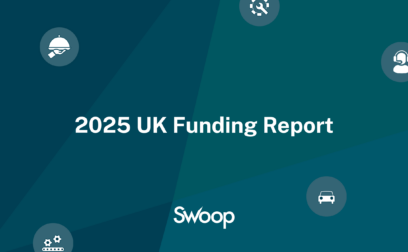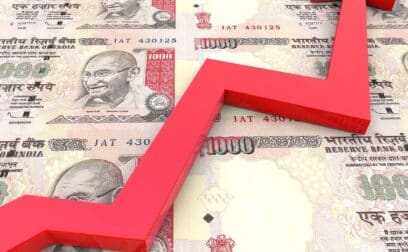Definition
Return on invested capital (ROIC) is a financial metric used to evaluate the efficiency and profitability of a company in utilising its invested capital to generate income.
What is return on invested capital?
Return on invested capital provides insight into how effectively a company is deploying its capital to generate returns for its investors.
Return on invested capital is calculated using the following formula:
ROIC = Net operating profit after tax / Invested capital
ROIC specifically focuses on the return generated from the company’s core operations, excluding any financial leveraging or tax advantages.
If ROIC is higher than the cost of capital, it suggests that the company is generating returns in excess of its expenses, indicating positive value creation.
Companies with lower ROIC may have room for improvement in capital allocation, operational efficiency, or profitability. This metric can highlight areas for strategic focus.
Ultimately, a high ROIC is indicative of a company’s ability to generate value for its shareholders, which is a fundamental objective of any business.
Example of return on invested capital
XYZ Corporation reported a net operating profit after taxes (NOPAT) of £700,000 for the year ending December 31, 2023. Their invested capital at the beginning of the year was £4,000,000, and at the end of the year, it was £4,500,000.
To calculate ROIC we use the formula from above with £4,250,000 in invested capital:
ROIC = £700,000 / £4,250,000 = 0.1647 or 16.47%
This means that XYZ Corporation generated approximately 16.47% return for every pound of invested capital during the year.
































 yet? Register here!
yet? Register here!